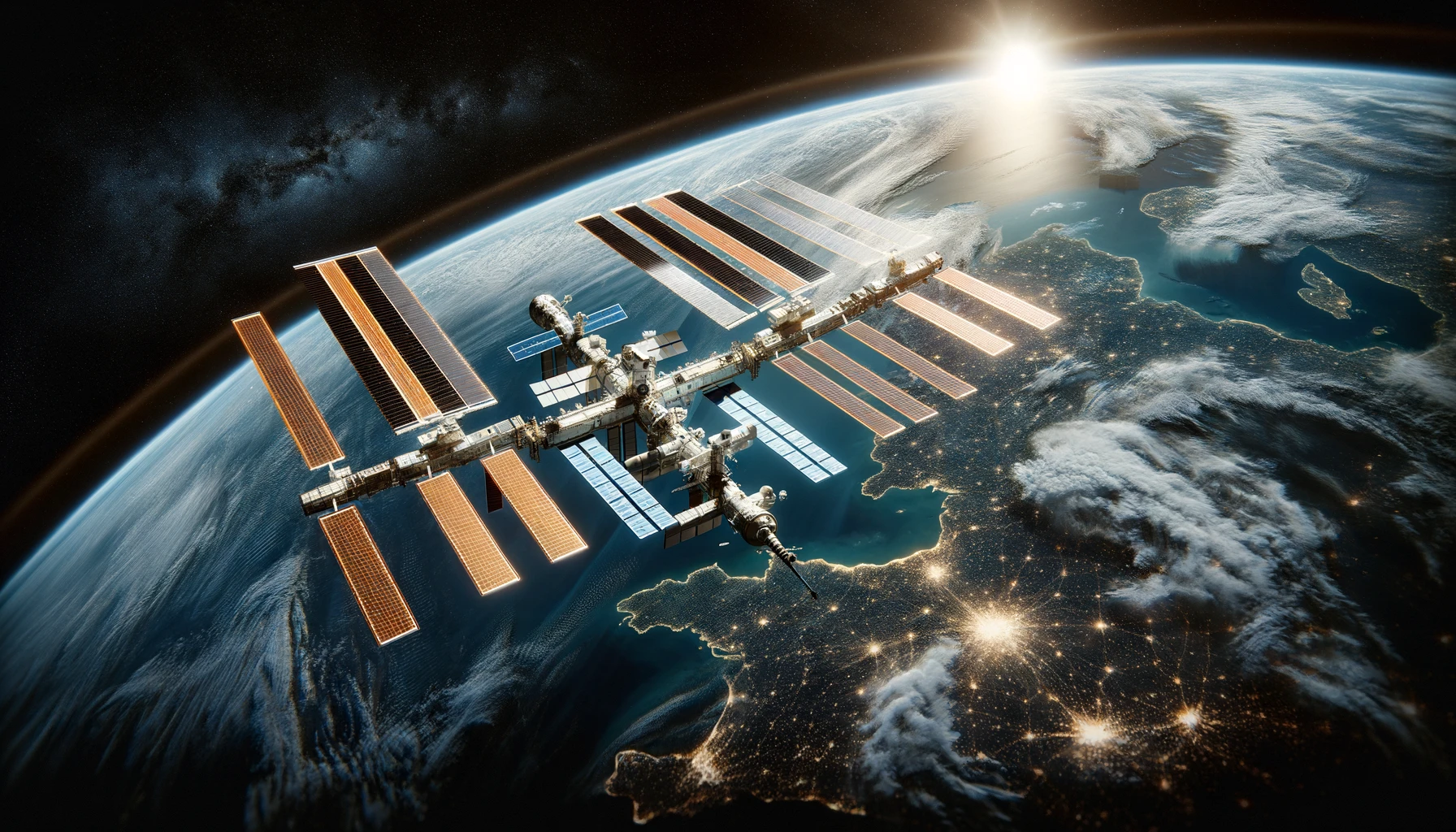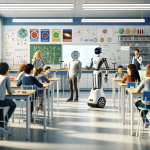In the relentless pursuit of space exploration, NASA has turned its focus to a seemingly mundane, yet critical adversary—lunar dust. This pesky particulate matter poses a threat to both equipment and astronauts, leading NASA to champion the development of Electrodynamic Dust Shield (EDS) technology. By leveraging electric fields, EDS aims to effectively lift and banish dust from critical surfaces, ensuring the smooth operation of future lunar missions.
The Unseen Hazard of Lunar Dust
Within the sterile vacuum of space, lunar dust, unlike its earthly counterpart, is a formidable foe—it is sharp, abrasive, and electrostatically charged. Its unique properties can lead to accelerated wear and tear on equipment, jeopardizing mission integrity. NASA’s EDS technology endeavors to protect vital components of spacecraft, from solar panels to spacesuits, by countering the clingy nature of the lunar regolith.
From Concept to Reality: EDS’s Journey
Originating from NASA’s Electric Curtain idea in 1967, EDS has evolved through meticulous research since 2004. Its effectiveness against simulated moon dust and actual samples brought back by the Apollo missions has been commendable. The technology, having proven its merit in the controlled setting of vacuum chambers, made its orbital debut on the Materials International Space Station Experiment 11 in 2019, where it demonstrated its dust repelling capabilities in the harsh environment of space.
EDS in Action: From Testing to Lunar Missions
Despite previous setbacks in capturing images from the lunar surface, the EDS embedded within the EagleCam during Intuitive Machines’ lunar lander mission yielded valuable data sets. Further, NASA’s collaboration with Firefly Aerospace will see another EDS demonstration on the Moon later this year, solidifying its role as a crucial component in the sustainability of lunar expeditions.
Investing in dust mitigation technology has not only been a priority for NASA. Other organizations have recognized the importance of addressing space dust challenges. For instance, an article titled “Dust Mitigation on the Moon and Mars: Challenges and Strategies for Spacecraft and Habitats” on the website space.com delves into various methods being tested. Another article, “Lunar Dust and Human Health Concerns,” on universetoday.com, highlights the potential health risks posed by lunar dust to astronauts and the need for effective countermeasures.
Useful Information
- EDS technology clears dust in seconds, safeguarding equipment and astronauts.
- Future lunar missions may rely on EDS for extended human presence.
- EDS’s versatility makes it potentially useful for both interior and exterior cleaning.
As humans contemplate returning to the Moon and setting their sights on Mars, the significance of conquering the microscopic challenge of space dust becomes ever more apparent. The promising potential of EDS technology not only aids in preserving the operational lifespan of space gear but also in maintaining the health and safety of spacefarers. This innovation could mark a pivotal step in ensuring that future celestial endeavors are not overshadowed by the pervasive threat of dust.










